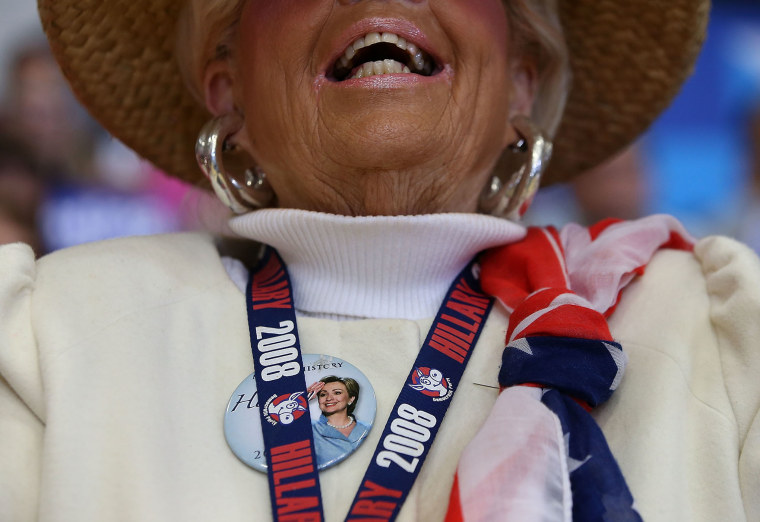What key voting groups should we look for in the entrance polls in Iowa on Monday night?
On the Republican side, evangelicals or born-again Christians have historically made up a large voting bloc in the Hawkeye State. In 2012, evangelicals made up 57 percent of all Republican caucus attendees, according to entrance poll results. That year, Rick Santorum won a third of the evangelical vote, and Mitt Romney, the eventual nominee, got 14 percent. In 2008, 60 percent of Republican caucus-goers in Iowa were evangelicals, and that night’s winner, Mike Huckabee, won the largest share of their vote—46 percent to eventual nominee John McCain’s 10 percent.
Those who identify as “very conservative” also tend to provide leverage to the winner of the Iowa caucus. Four years ago, 47 percent of Iowa Republicans identified as very conservatives in the entrance poll, and more than a third of them supported Santorum, which helped him get the narrowest of wins. In 2008, Huckabee got 35 percent support among very conservative caucus attendees.
On both sides, we’ll be looking at the first time caucus participants, who have made a difference in competitive races in the past. A big question for Monday night is whether Donald Trump turns out caucus-goers who haven’t previously been involved in the political process.
On the Democratic side, the Bernie Sanders' campaign is also aiming to appeal to new participants. Four years ago, nearly 4 in 10 of Republican caucus goers were first timers, and Ron Paul won the support of 33 percent of them and Santorum got 23 percent. In 2008, 57 percent of Democratic attendees said it was their first caucus, and Barack Obama had a 12-point edge among new participants over Hillary Clinton and a 23-point edge over John Edwards.
For Democrats in Iowa, we’ll pay a lot of attention to women voters and what’s on their minds. They made up 57 percent of the Democratic caucus in 2008 – that contest had more candidates for Iowans to choose from and the women’s vote was somewhat divided, with Obama getting 35 percent, Clinton getting 30 percent and John Edwards getting 23 percent.
